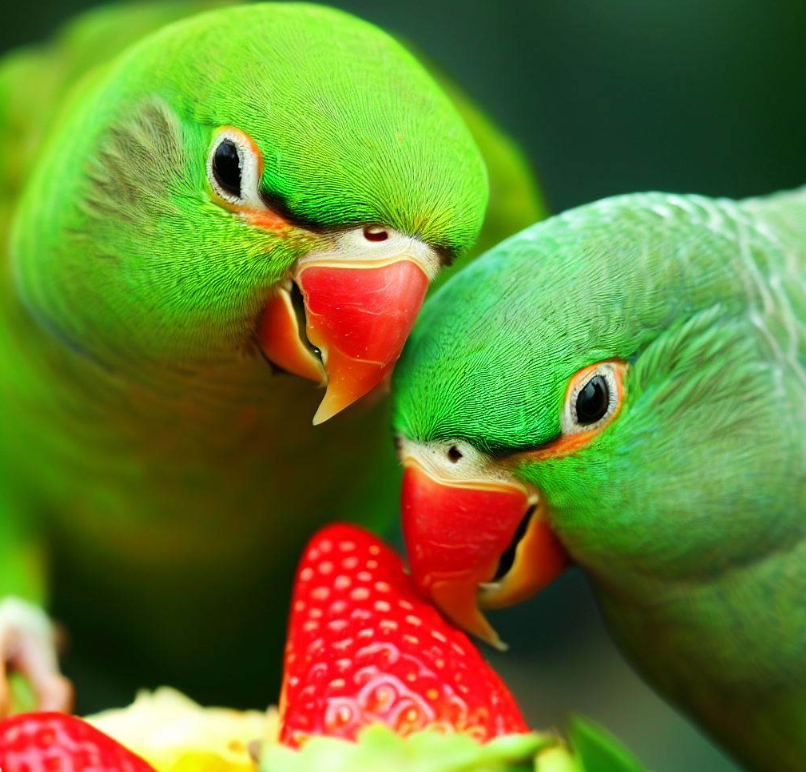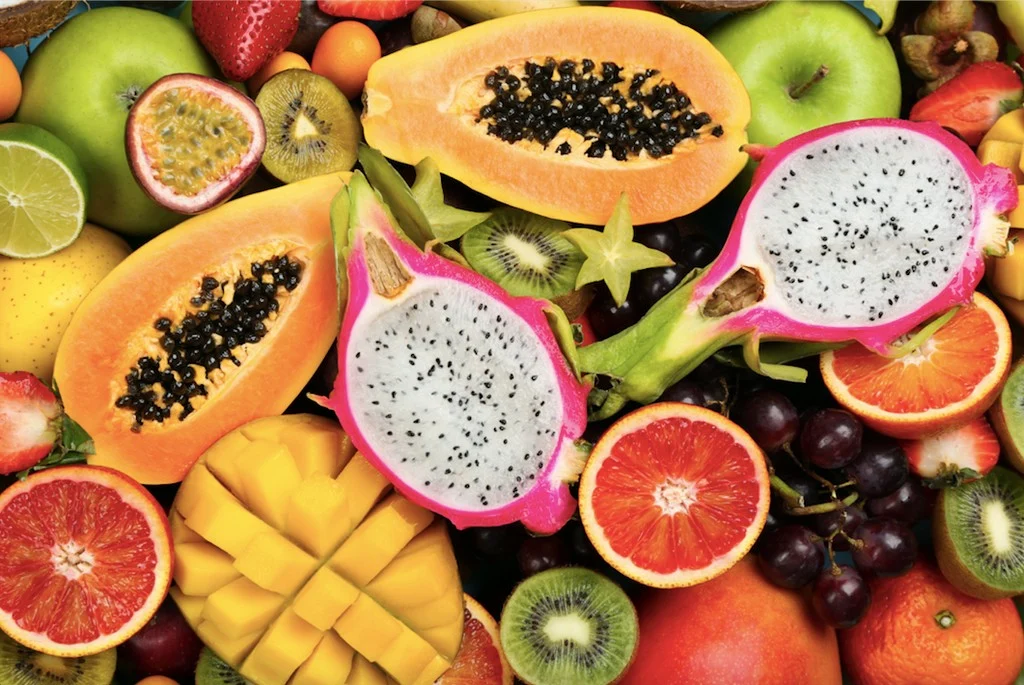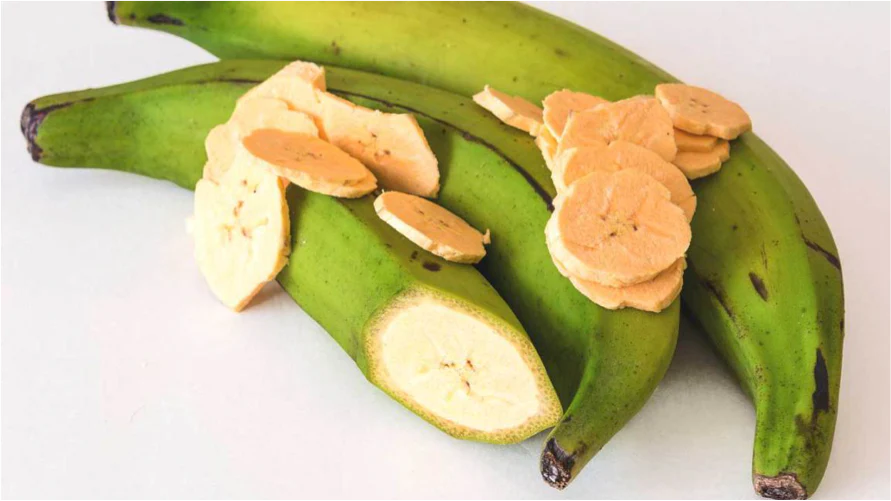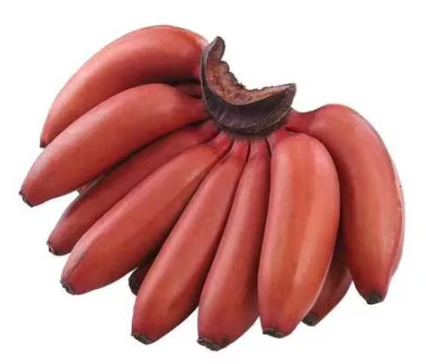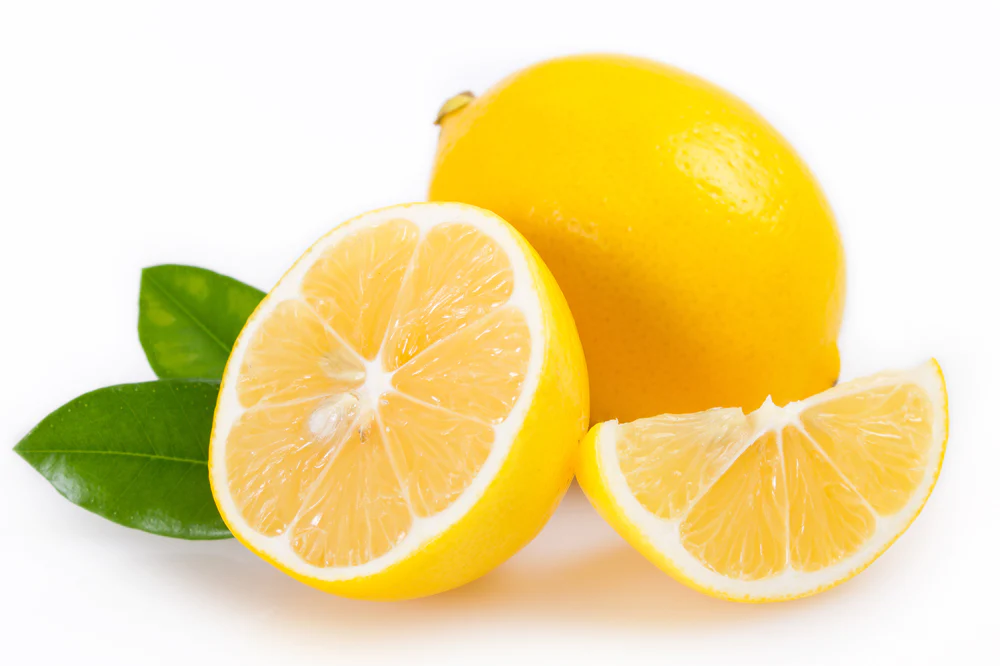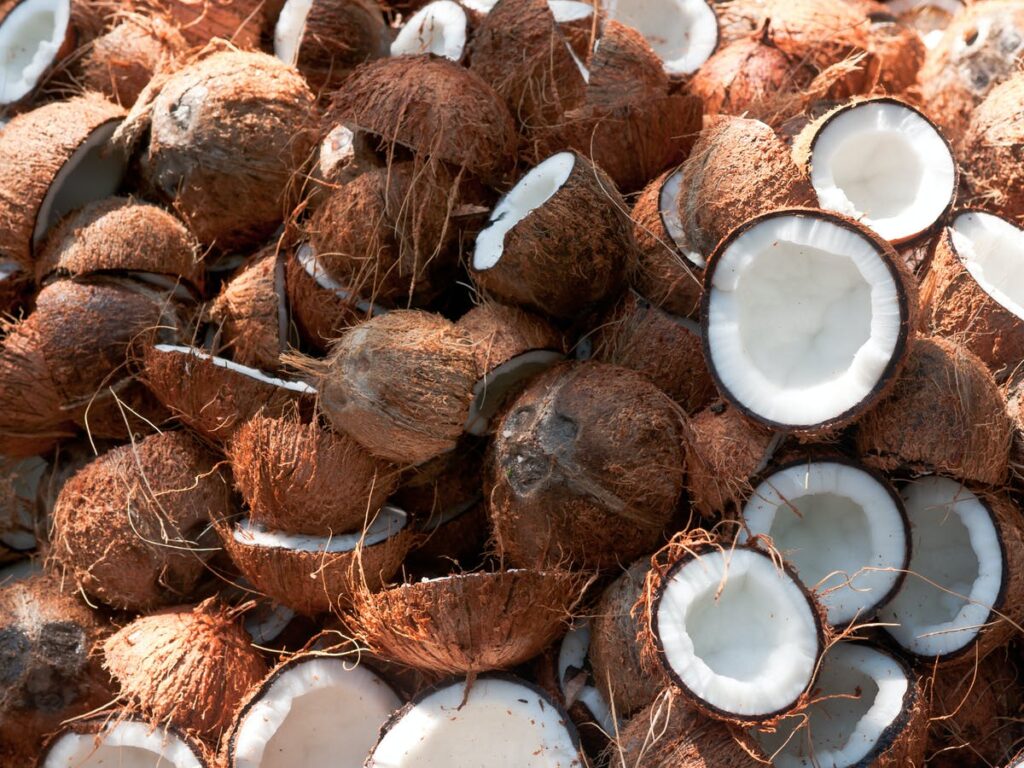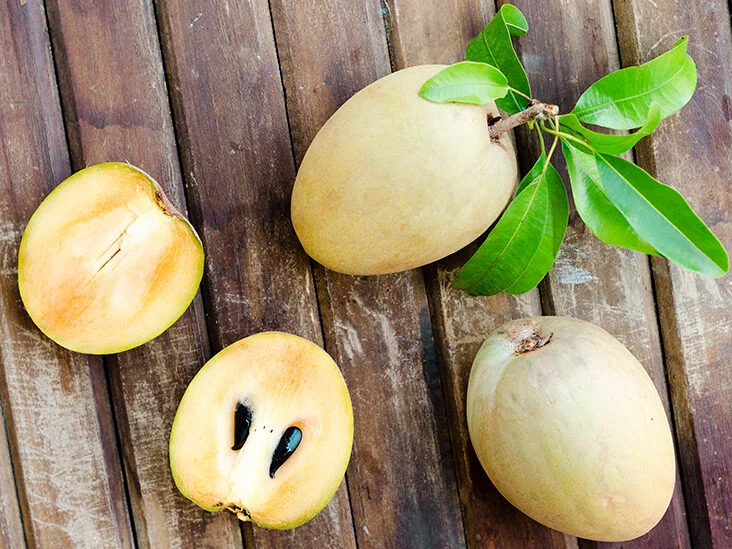Ever wondered how seedless fruits like watermelons and oranges are made? There’s some smart gardening happening behind the scenes. The way to make fruits seedless isn’t always the same, but it usually involves stopping the seeds from growing in the first place.
Table of Contents
Changing How Flowers Grow
One way to get seedless fruits is to change how flowers grow. Some plants, like bananas and grapes, don’t make seeds that can grow into more plants. But for others, like oranges, people have to step in to make them seedless.
The trick for seedless citrus fruits is a bit strange – it’s by making the plant have more chromosomes than it usually does. Normally, oranges have 22 chromosomes. Gardeners can treat the orange flower buds with a special chemical to make them double up to 44 chromosomes.
When these extra-chromosome flowers get pollinated, the seeds end up with an odd number of chromosomes which stops them from becoming real seeds. This turns the part of the flower around the seed into the juicy fruit without seeds that we all like.
Breeding Plants Carefully
To get the best seedless oranges, growers keep breeding plants together carefully. They mix a plant with double the chromosomes with another type that might be really sweet or have a nice color. By picking the best plants over and over, they end up with a new kind of seedless fruit. So the seedless clementines we eat took lots of time and effort to create!
Growing Fruit Without Seeds Naturally
Some fruits like tomatoes, bananas, and grapes can grow without any seeds because of something called parthenocarpy. This means the fruit grows without needing pollen.
Parthenocarpic fruits start from a part of the flower that could become a seed, but it doesn’t. Instead, it just turns into the fruit we eat. Bananas and grapes do this all on their own, but tomatoes need a little help with something like plant hormones.
Gardeners can use artificial hormones to trick tomato plants into growing big, tasty tomatoes without seeds. These fruits are just as nice to eat as the ones with seeds.
Interfering with the Seed Growth
Another way to get seedless fruit is by messing with the seed while it’s trying to grow. If a flower is fertilized properly, gardeners can use special tricks like changing the temperature really quickly to stop the seed from maturing. For grapes and watermelons, they often breed plants that wouldn’t normally go together. This makes seeds that stop growing halfway, which means the fruit ends up seedless.
What’s Next for Seedless Fruits?
Lots of fruits are now seedless, but there’s still room for more. What kind of new seedless fruits might we see in the future?
Experimenting with Genes
New ways of editing genes, like with CRISPR, let scientists change fruit DNA in exciting ways. By turning off the genes for seeds, we could get all sorts of new seedless fruits. These methods might even help plants grow better without messing with their ability to pollinate.
Longer-Lasting Fruit
Seedless fruits already stay good longer than ones with seeds. By mixing this with new ways to keep fruit fresh, like special coatings, we could enjoy fruits that taste fresh for even longer after they’re picked.
Expanding Seedless Varieties
We’ve had seedless oranges and grapes for a long time, but not all fruits come without seeds. If we used these techniques on other fruits like apples and mangos, we could have even more seedless choices in the store.
Every kind of fruit is different, so it might take unique solutions to make each kind seedless. As we learn more about how plants work, it could become easier to create new kinds of seedless fruits.
To Sum Up
The fact that we have seedless fruits is a sign of how much we can change plants. When you enjoy seedless grapes, think about all the smart thinking that went into making them. The neat thing about seedless fruits is that they’re just one example of what happens when people’s clever ideas meet plant science!
With different methods, growers are always finding new ways to give us the tasty fruits of nature in an even more enjoyable way. Seedless fruits show not just what we’ve already achieved, but also the many possibilities for the future.
